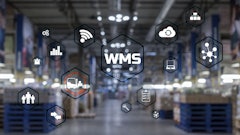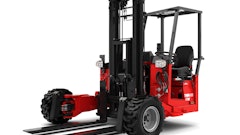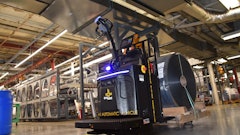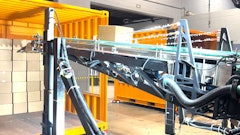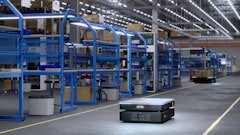
Baltimore—Jan. 27, 2016—Barcoding, Inc., a provider of supply chain efficiency, accuracy and connectivity, predicts the continued growth of the radio frequency identification (RFID) market in 2016. With increased standards, lower system costs, greater reliability and higher adoption rates, RFID is poised for an explosive year, according to Barcoding experts.
The following are Barcoding’s top five RFID industry trends for 2016:
- The RFID industry coined a new name for passive, ultra-high frequency (UHF) RFID—RAIN RFID. Promoted by the RAIN RFID Alliance, a global organization, RAIN RFID is catching on, although the technology behind it remains the same.
- A growing number of industries are using low-energy Bluetooth tags in place of active/Wi-Fi RFID tags. These tags are much less expensive than active tags and are easy to deploy, as many users already rely on Bluetooth-enabled devices within their enterprises, like smartphones.
- Systems that use both active RFID (for tracking high-value, large items in real time) and RAIN RFID (for tracking large-volume, low-cost items)—known as hybrid RFID systems—are becoming more prevalent, especially in the industrial and healthcare spaces. In many of these cases, low-energy Bluetooth tags will take the place of active tags.
- RFID tags now have the space to store information beyond a simple identifier. More enterprises are taking advantage of this, utilizing tags as a notepad or flash drive. Plus, there is no need to upload the information to a database in order to retrieve it.
- The technology exists to print and encode RFID labels on demand. But, instead of printing their own labels, many users are purchasing pre-printed/pre-encoded labels. This approach is not only cost-effective, but also frees up personnel from monitoring and managing printers onsite.
Tom O’Boyle, director of RFID, Barcoding, Inc., said, “Although barcodes will remain relevant for years, RFID will continue to become more widely used as companies are finding new, cost-justifiable applications. However, the goal of deploying RFID remains the same—to improve data collection, and gain visibility into that data in order to drive greater efficiency, accuracy and connectivity.”








